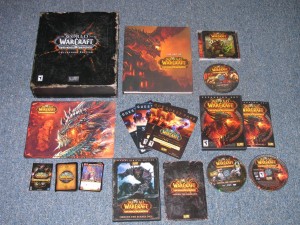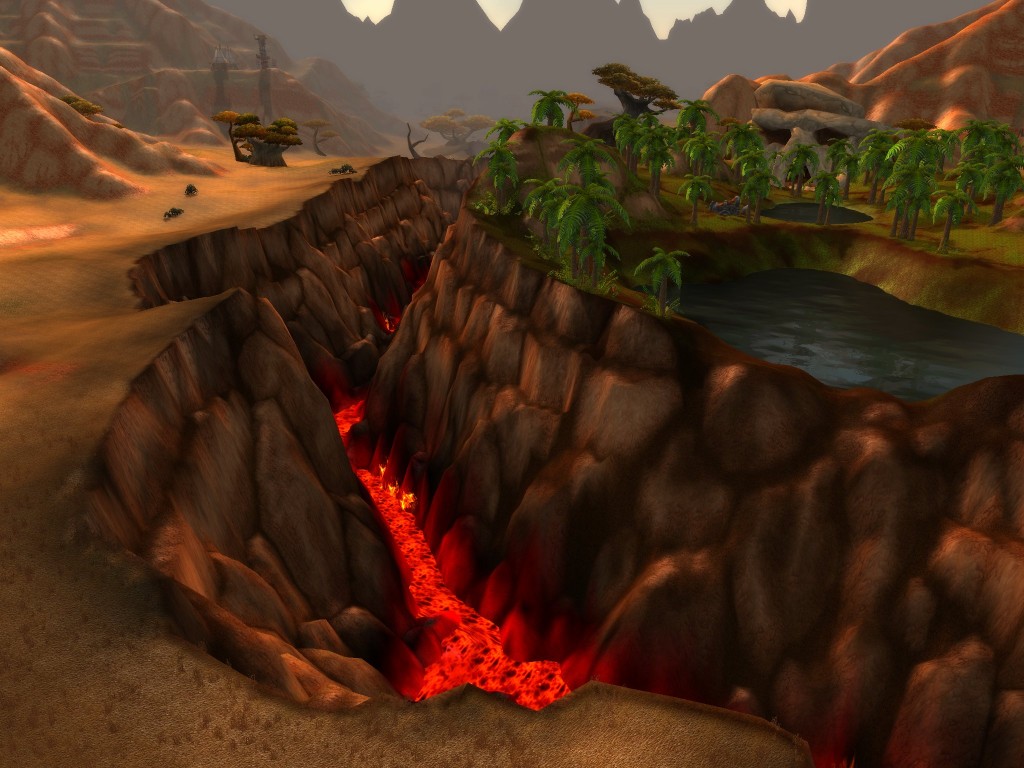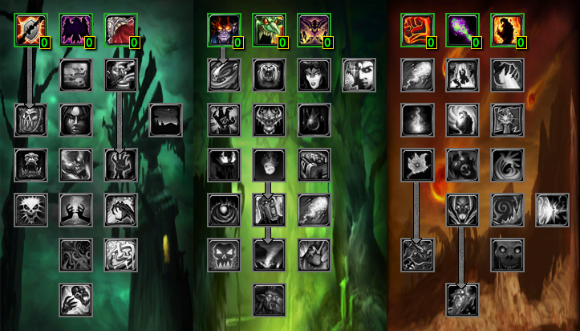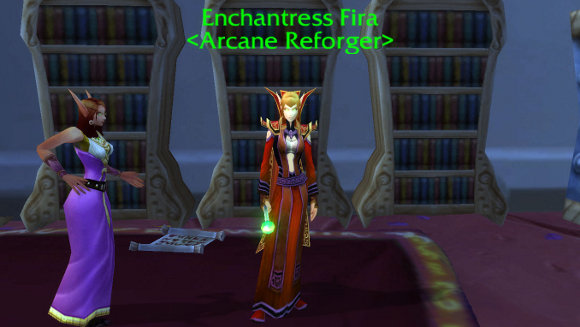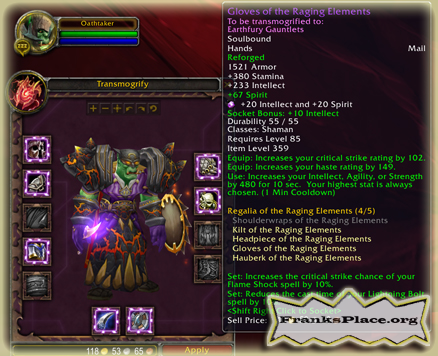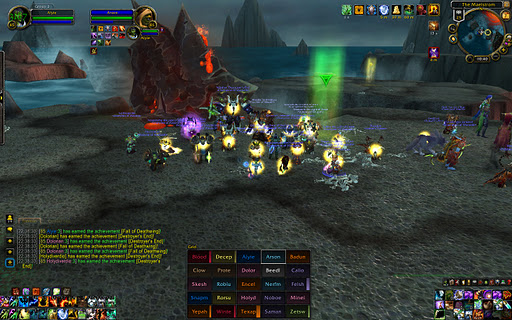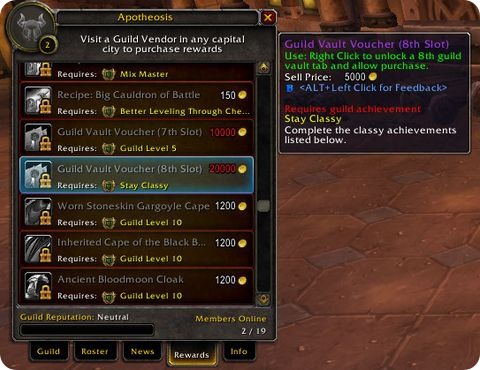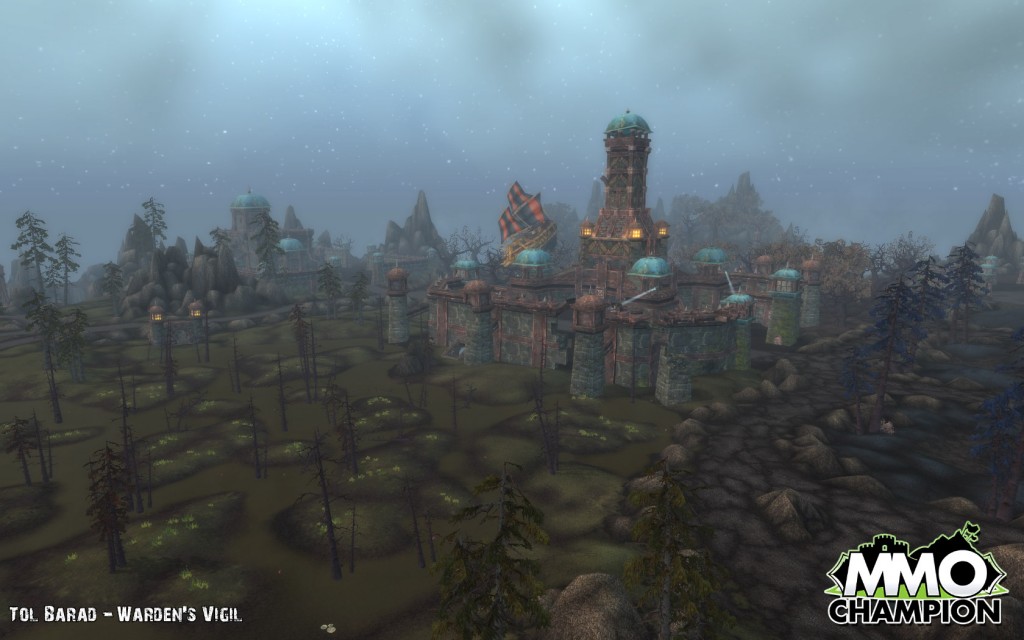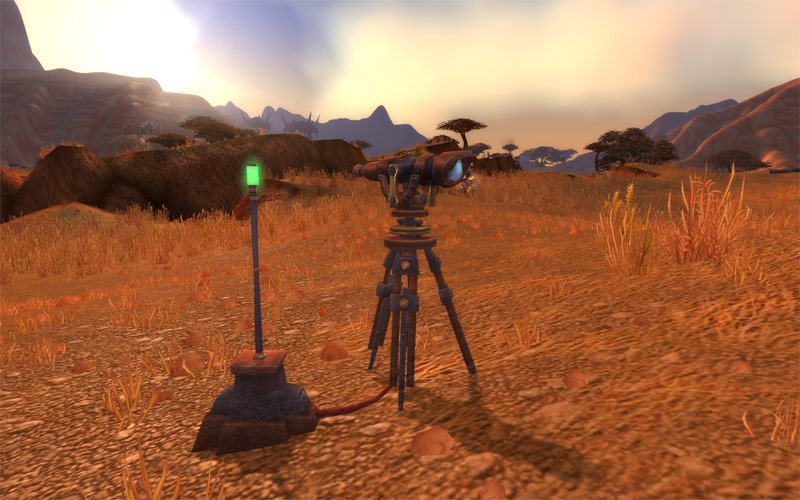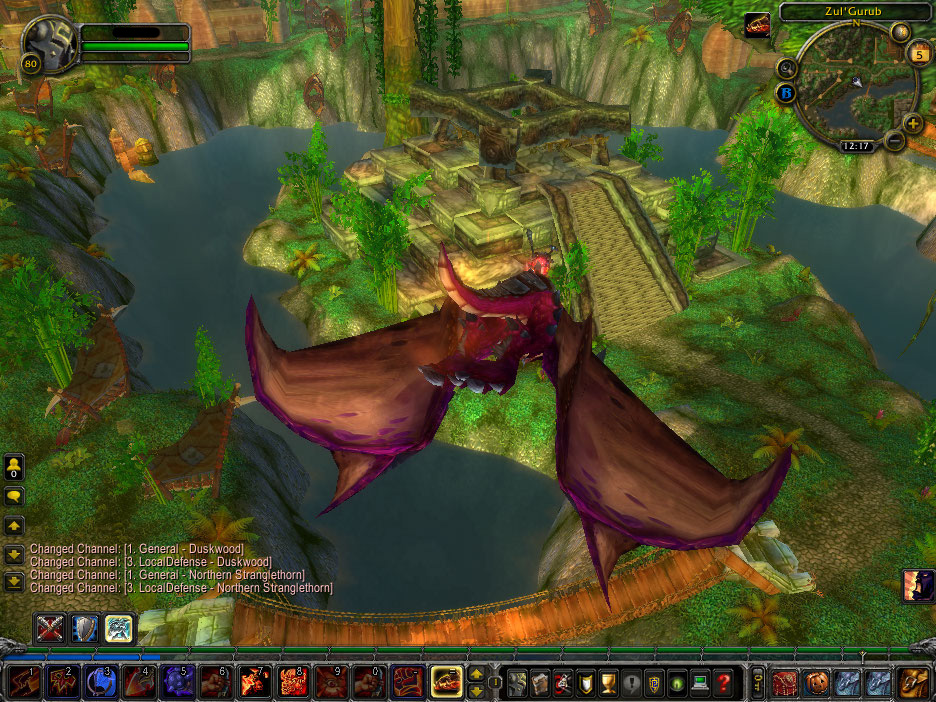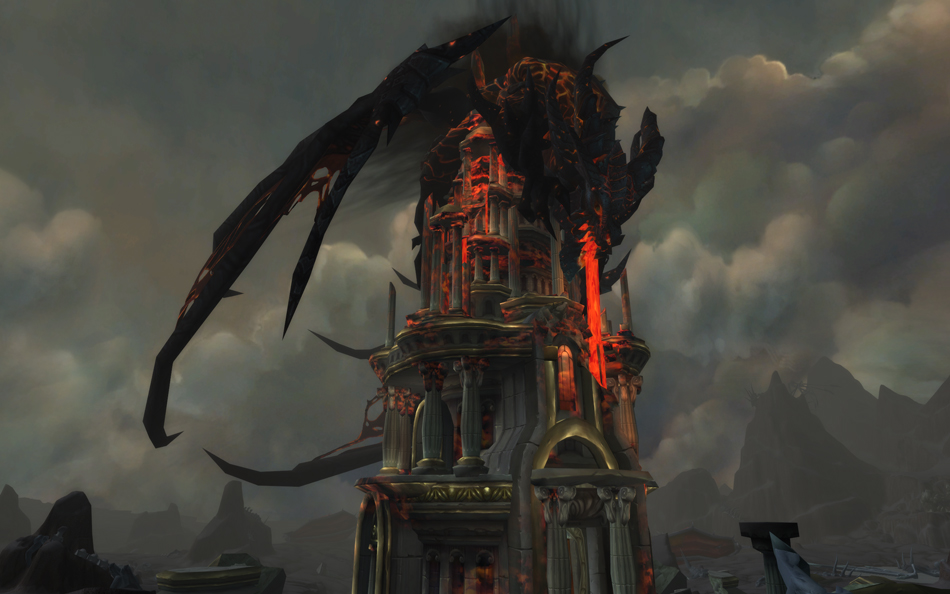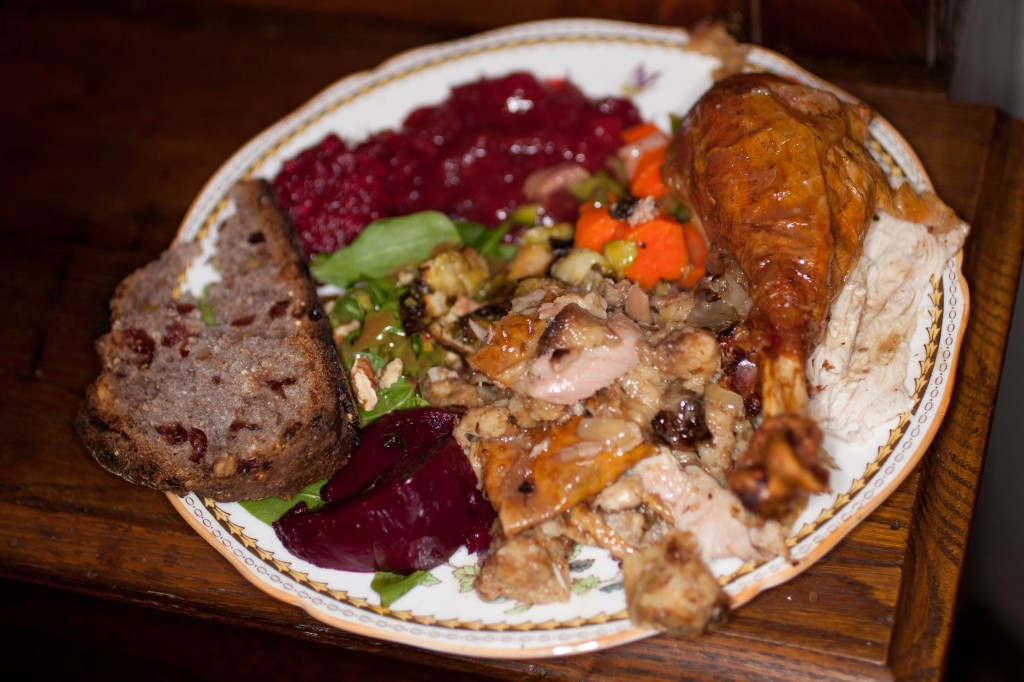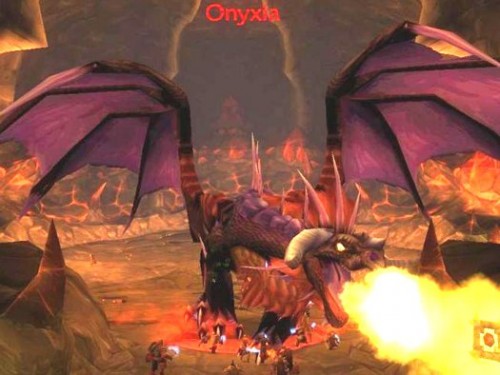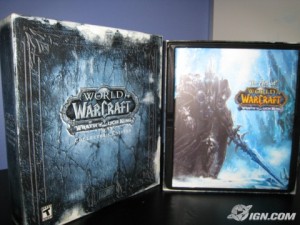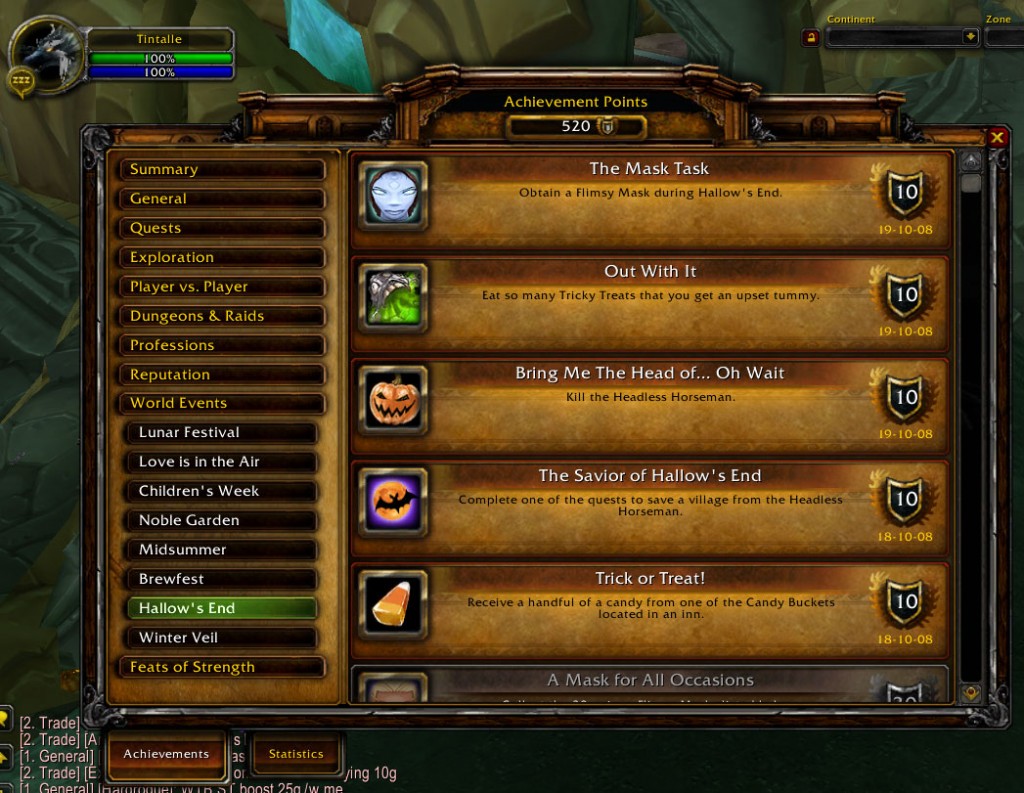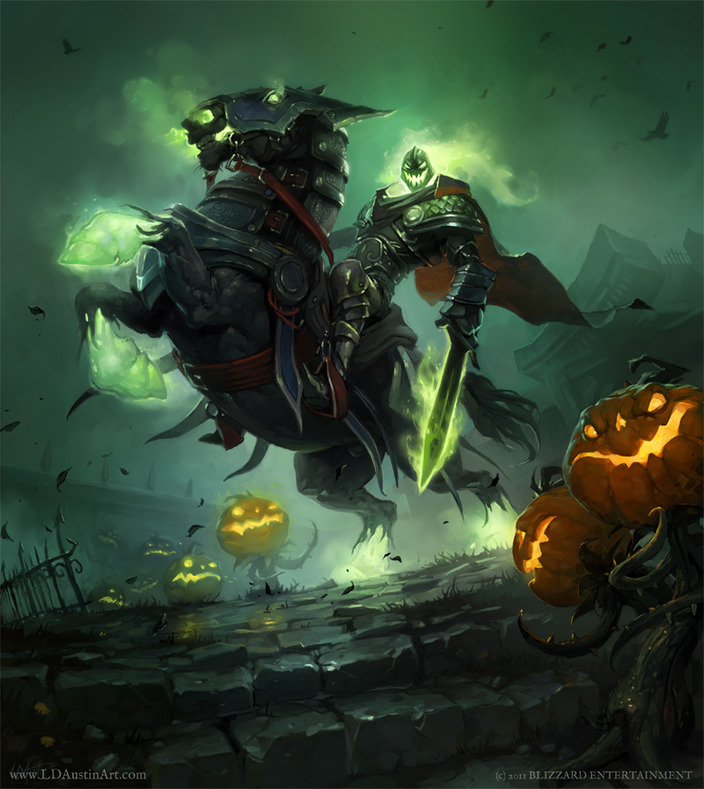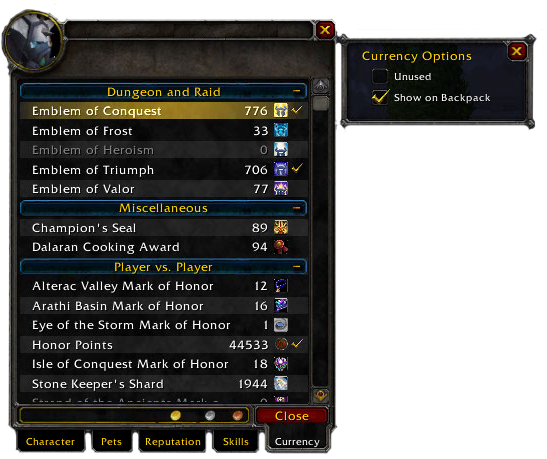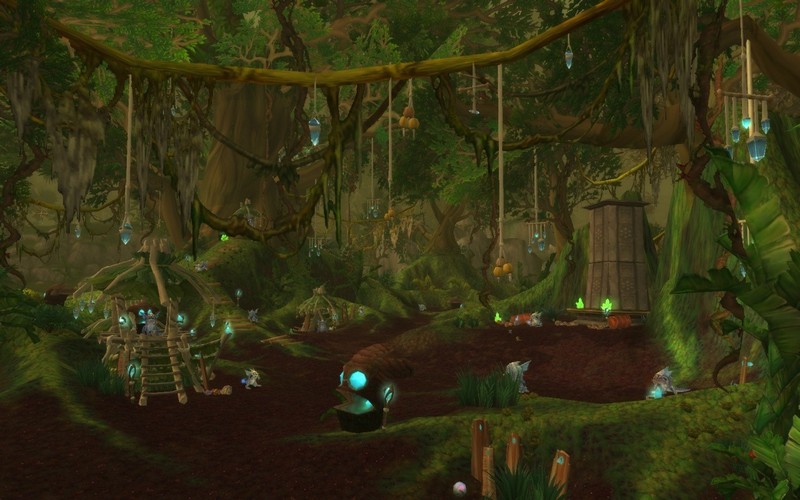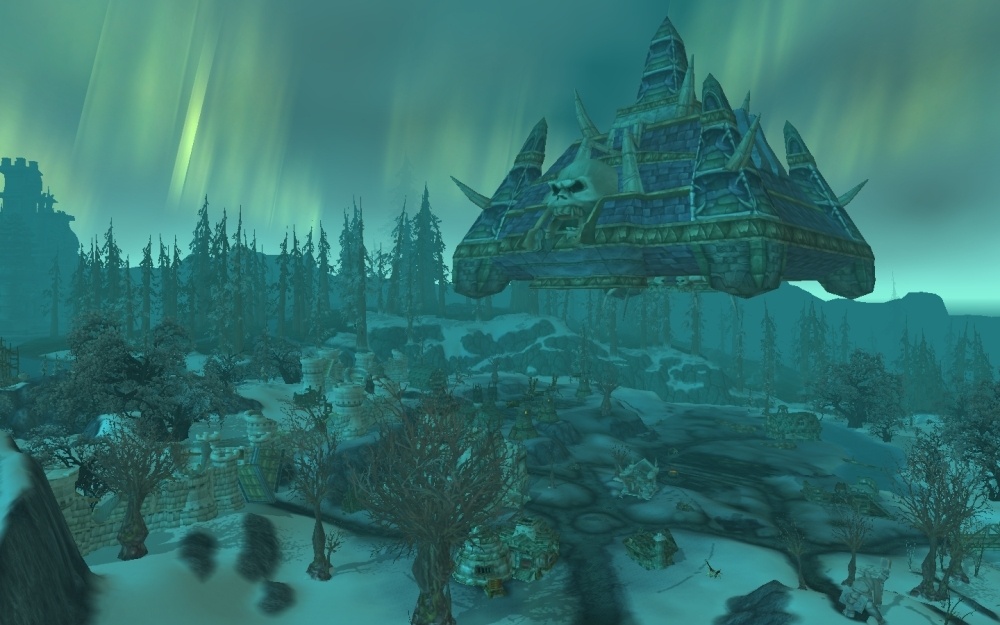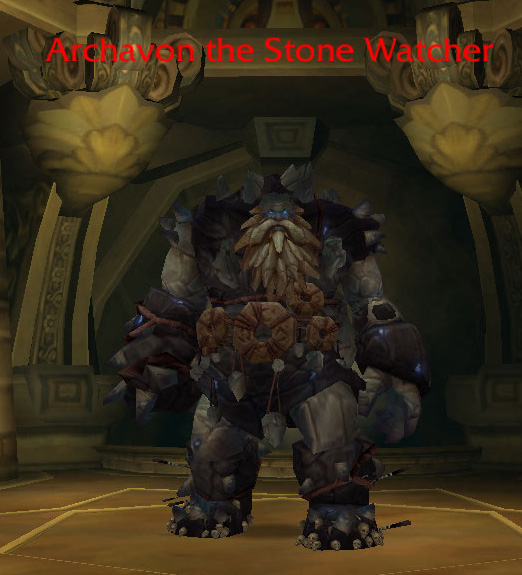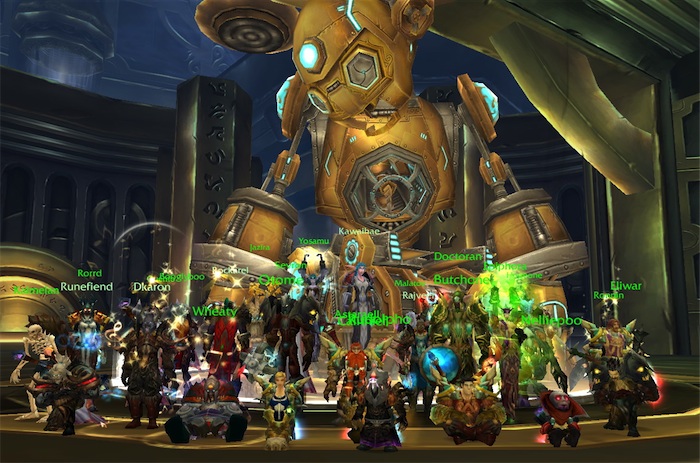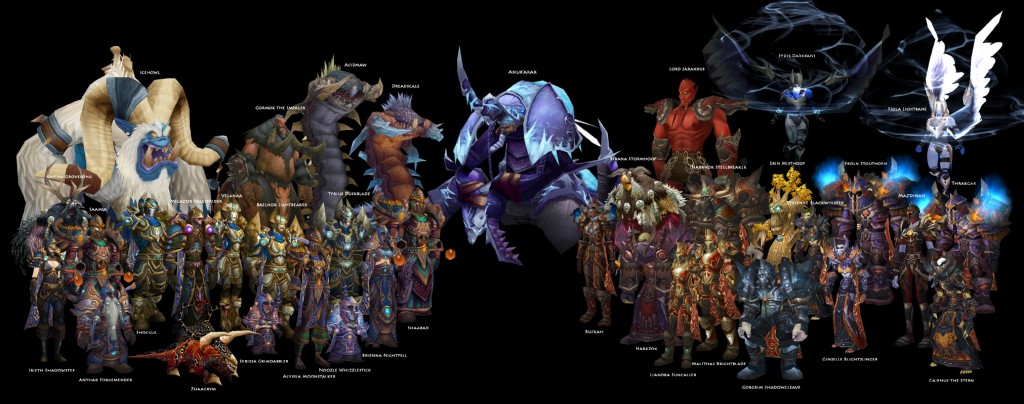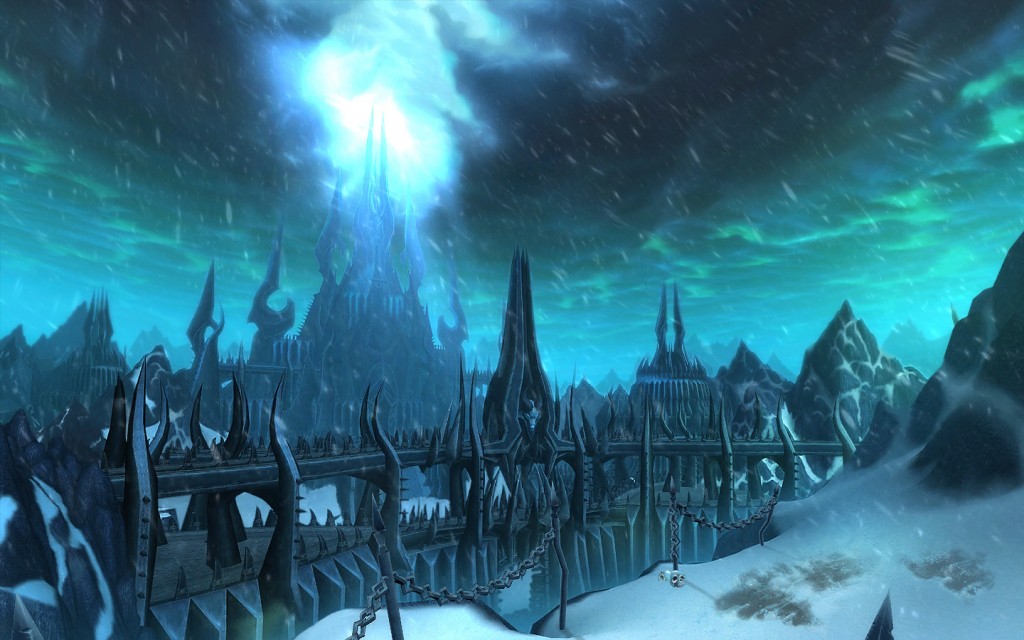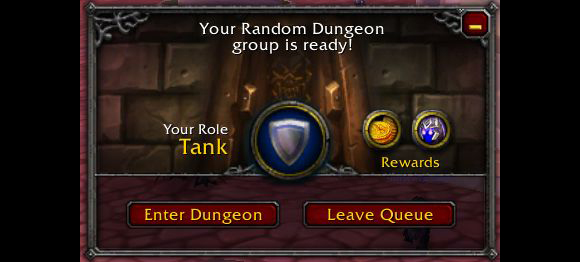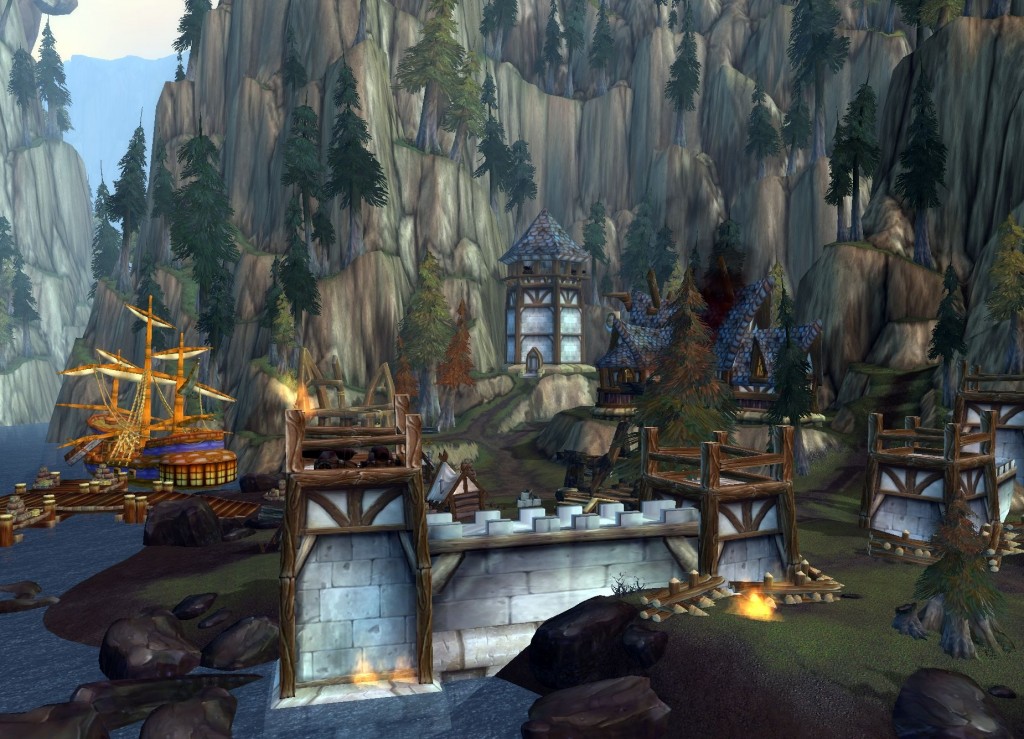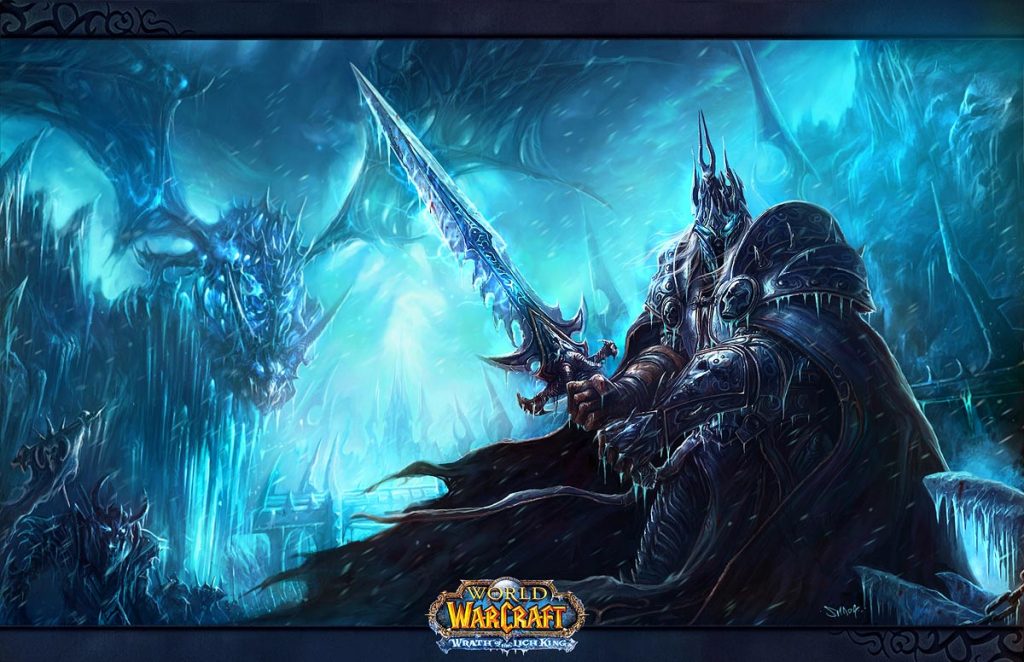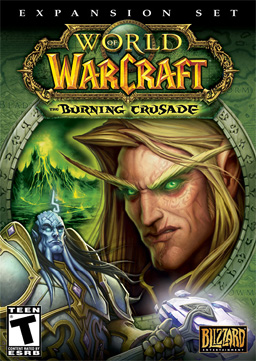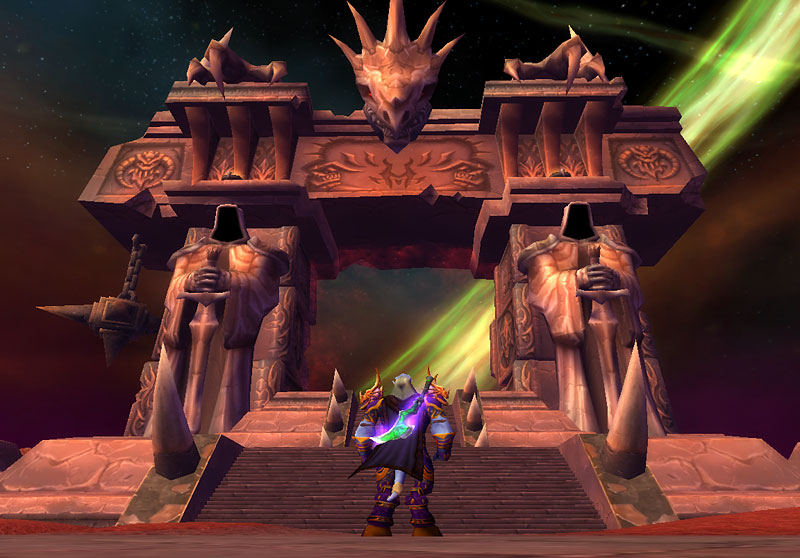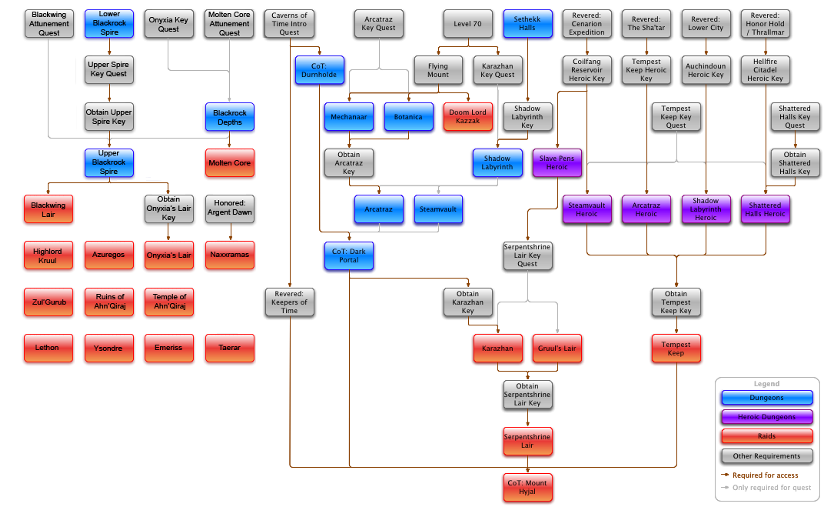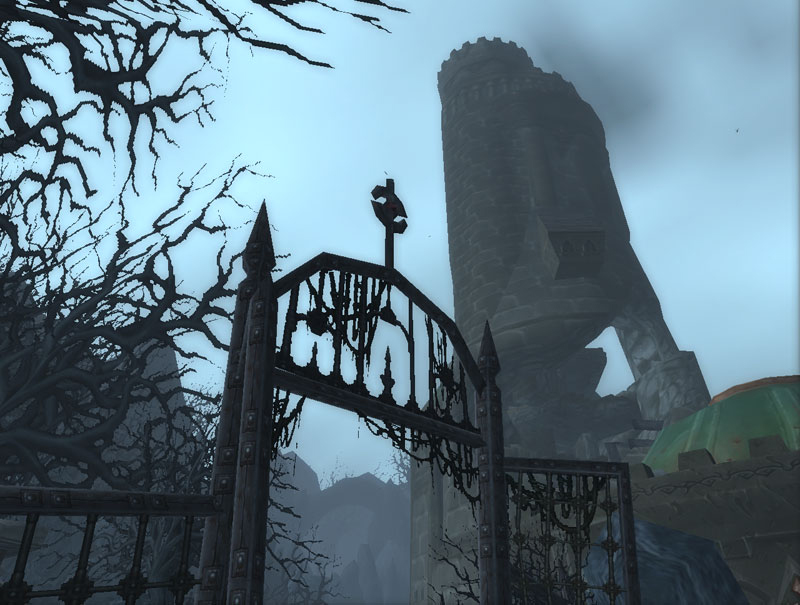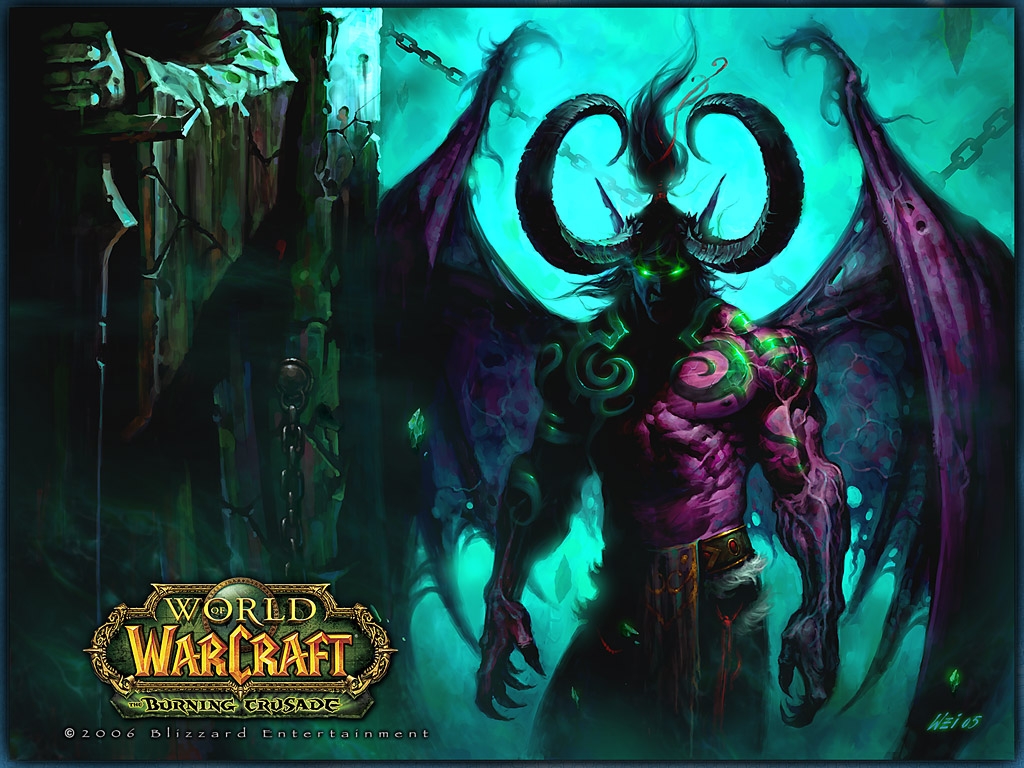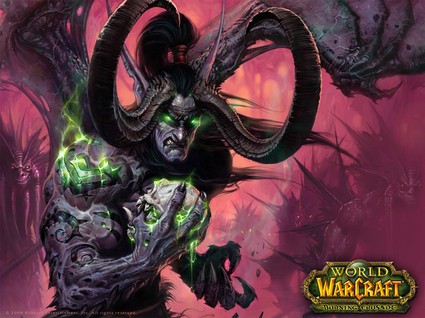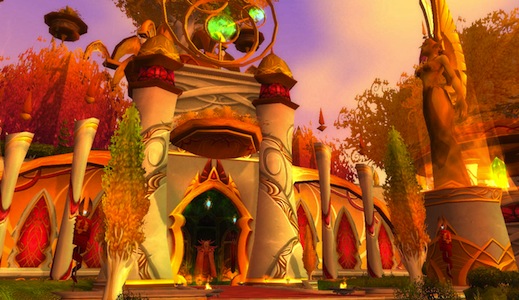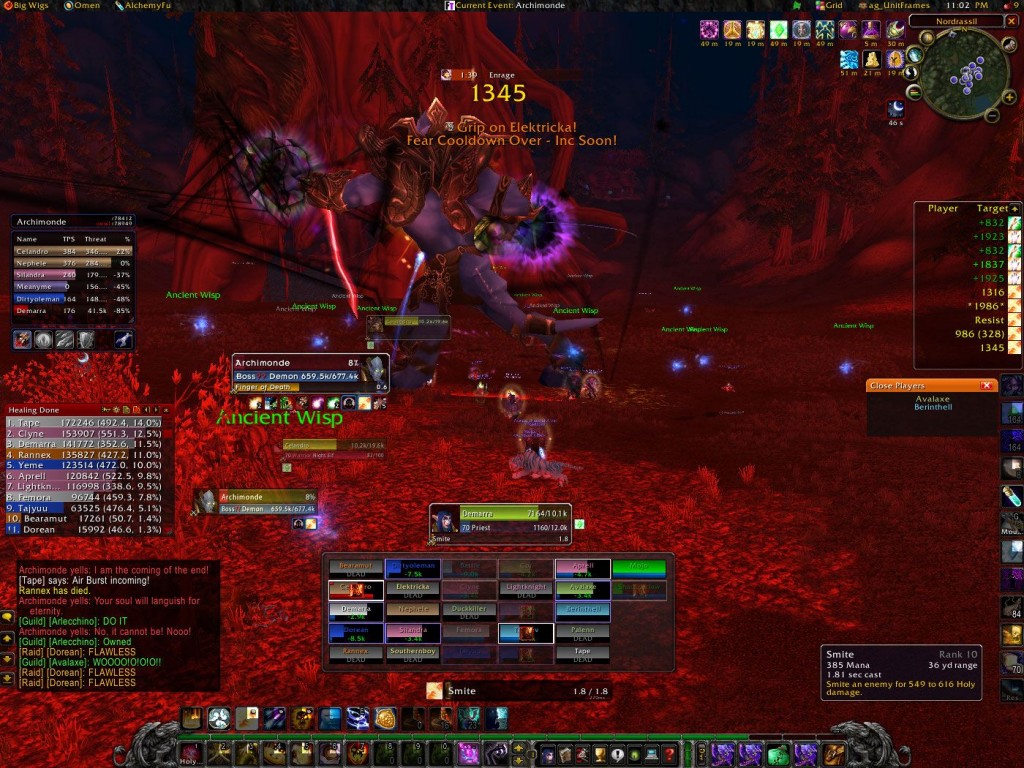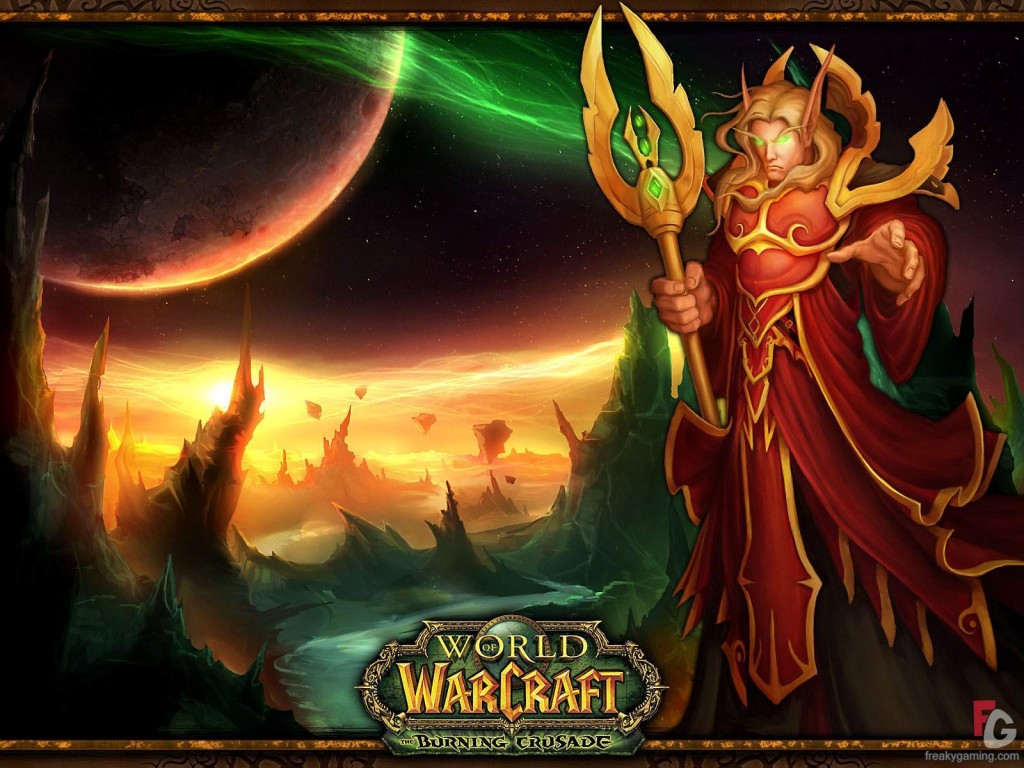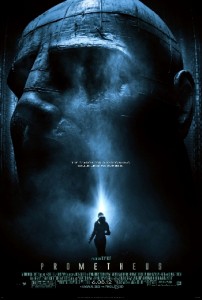Restaurant: Han Dynasty
Location: 3711 Market st, Philadelphia PA. tel. (215) 222 3711
Date: November 21, 2012 & November 26, 2014
Cuisine: Szechuan Chinese
Rating: Spicy Goodness
Every year, we Gavins converge on Philadelphia for the annual ThanksGavin, and every year it starts out with the “Wednesday night dinner.” This time around, we ended up at Han Dynasty, a downtown Szechuan Chinese restaurant. I love Szechuan, but rarely see it. In China, I’ve had meals that were so spicy delicious that your life flashed before your eyes.

Han Dynasty is a new breed of American Chinese restaurant, more hip by far than your typical Chinese eatery.

The menu. The red border is not only auspicious, but prognostic — of the heat!

Knowing we were up for some Szechuan, I dragged some Riesling across the country in my handy winecheck bag.
Parker 92, “The detail, refinement, and lift that characterize the best of 2007 were reason enough, Rebholz said, for him to essay some residually sweet Riesling, otherwise, I’d rather leave that to the Mosel vintners. The 7.5% alcohol of his 2007 Riesling Spatlese Vom Buntsandstein indeed puts one in mind of the Mosel, as well as on notice that this will be wine of delicacy and very high residual sugar. It is also impressively endowed with ripe quince and wafting lily and gardenia perfume, and manages to keep its sweetness balanced so as not to tip into sheer confection, but instead to exhibit seamless purity and nectar-like lusciousness. It should be worth watching for a dozen or more years, and in fact I would personally not even care to revisit it for 6-8 years.”

Even the tea comes in stylish (probably Japanese, from the look of them) teapots.
We ordered up a deluxe ($30 a person) tasting menu for 16.

Vegetable fried dumplings. The vegetarian variant of your standard potsticker. These were probably the most disappointing dish, but then again, these puppies are always better with pork.

Chinese hot wings, ordered off the happy hour menu.

Double Dragon Punch. Brandy, rum, amaretto, homemade orgeat, orange, pineapple & lemon juices. The ultimate Scorpion Bowl!

Champagne (style) wine also goes great with spicy Chinese.

Spicy Crispy Cucumber. Beware anything at Han Dynasty that has “spicy” in the name. These were delicious and crunchy, but drowned in chili oil — not that I minded.

Dumplings in Chili Oil. Even hotter. These fiery little fellows burn straight down the gullet.

Scallion Pancake. Not spicy, but observe the lovely red tint to the sauce!

This super sweet Auslese from my cellar went perfectly with all the chili. Quince preserves, baked apple, lily, gardenia, and hints of caramel and vanilla mark the nose of the Prum 2007 Wehlener Sonnenuhr Riesling Auslese. With richness yet delicacy and lift it saturates the palate with rich fruit, liquid flowers, vanilla cream, and savory, saline, shrimp shell reduction-like mineral essences. This intense, pure, subtly and truly nobly botrytized Auslese has umami with a capital “U.”

Wonton soup. Not hot, but had a little bit of peppery kick.

Little clams in spicy black bean sauce. Yum. This wasn’t too spicy, although you can see those Szechuan peppers hiding in there.

Dan Dan Noodles. This isn’t the crazy hot traditional version of the dish. Sure, it had plenty of heat, but it also had a nice sweet nutty sesame taste.

We had the pork on the side, like high end baco-bits.

Sesame noodles. Same noodles as the dan dan, without the pork or chili sauce. Much nuttier in flavor.

Smoked duck. The duck was probably tea smoked duck, as it had that pastrami-like flavor. Controversial, as some didn’t like that vibe. I did.

Han Dynasty’s take on Honey Walnut Shrimp. These generous shrimp were crazy tempura fried and then glazed with a honey sauce and walnuts. Great rendition of the dish.

Hot shrimp with asparagus. Not a ton of shrimp, but some heat.

This was a special. Lobster in garlic sauce. Yum yum delicious. The lobster itself was perhaps a hair overcooked, but the sauce was amazing and the crustacean was perched on a bed of rich noodles…

Which allowed them to be soaked by the sauce. Yowzie!
Ma Po Tofu. One of my favorite dishes in general, and while this rendition was a touch too salty, it was still fabulous.

Eggplant w/ Garlic Sauce. These were not only very spicy, but had a delicious smokey garlic taste.

String Beans w/ Minced Pork. Fantastic version of this classic.

Pea Leaves w/ Garlic. Another great classic vegetable treatment.

Hot sauce style beef. Stir fried with cabbage and celery in an authentic Sichuan chili oil hot sauce!

Kung Pao style chicken. Peanuts, celery, and chili peppers. Excellent version of the classic.

Scallion Style chicken. Stir fried in hoisin and oyster sauce with onions and scallions. Not so spicy.

Cumin style lamb. Cumin-crusted and stir fried with bell peppers, dry peppers, and onions. Strongly flavored of cumin as you’d suspect with a nice heat. This was excellent, although it wasn’t as good as a cousin of the dish I once had in western China that was drier, on sticks. That one was bright red and relentlessly, throat burningly hot. It was also one of the best lamb dishes I’ve ever had.

Scallion Style beef. Mild and tasty.

Salt and pepper style chicken. Delicately battered and served on a bed of minced pepper and onion.

Salt and pepper fish. Also good, with a bit of heat.

This unusual white wine from Campagnia went pretty well too.

Another special. Whole stripped bass in sweet and sour chili sauce.

The sauce was, you guessed it, hot! But amazing.

Another special, dry fry style shrimp. These puppies were heavily fried (yum) and doused in a healthy dose of chili oil, then stir fried (again).

Spicy Hot Pot. Beware, like most Han Dynasty food, it was hot two ways (temperature and spicy). There was all sorts of goodness in there. Mostly chicken and a bit of seafood. This had some schezuan peppercorns.

The chefs at work: playing with fire!
This was a fantastic Chinese feast. Sure, it burned through my whole GI for 36 hours, but it was worth it. A worthy addition to the catalog of great Wed night ThanksGavin openings. Commenting two years later, and many many great Chinese meals under my belt, I’d have to say this is solid Schezuan style food, a tad modernized, and good stuff. One complaint on my second go (2014) was that they brought all the food in two giant waves, an “appetizer” and “entree” wave. The first time each item came out more or less on its own. This is way too many dishes for a big barrage.
See the rest of the ThanksGavin here.








